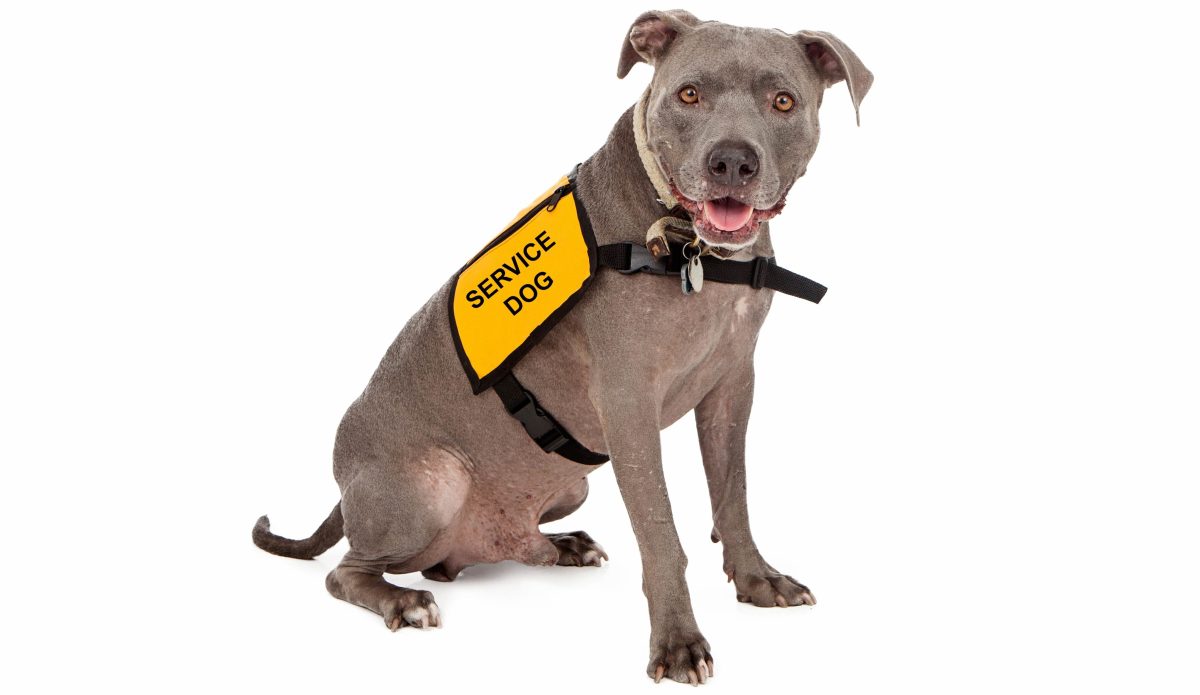Walk around an airport, visit a hospital, or even dine at a restaurant and you’ll find service animals in action. But what services do they provide?
There are three levels of working animals: service dogs, therapy dogs, and emotional support animals, explains Linda Keehn, a certified dog behavior consultant, certified professional dog trainer, therapy dog evaluator, and owner of Positive Canine Training, LLC in Lindenhurst.
“Service dogs perform tasks as defined by the American Disability Act (ADA),” she says. “Their main focus is mitigating their handler’s disability, whether it be medical or psychiatric.”
It can take years of rigorous training before dogs can be certified as service dogs. Service dogs have full public access with no restrictions.
“It’s important to note that under the ADA, a service dog is not required to wear a vest, so one way of identifying a true service dog is to observe their focused behavior on their handler,” she notes.
Following in the service dog’s pawsteps is the therapy dog. These are the dogs found in hospitals, nursing homes, and schools. Therapy dogs are thoroughly trained, tested, and insured by accredited therapy dog organizations. An important distinction between therapy and service dogs is that therapy dogs are not granted full public access; they are only allowed where they have been invited.
Gaining popularity is the emotional support animal, which provides support to handlers with emotional issues.
“The emotional support animal does not require any specific training, however the owner must obtain and provide documentation from a mental health provider stating the animal used provides assistance with a mental health issue,” Keehn notes.
But if you’re thinking about using your pet as an emotional support animal, you may need to think twice.
“While you may feel comforted by your dog, airports and airplanes are scary places for animals who are not properly trained to handle such situations, so if you are considering this path, consider looking into obedience/therapy training first,” says Keehn.
Currently, emotional support animals are restricted to airport/airplane and housing access only.
If you are interested in learning more, check resources wisely. Keehn suggests contacting nonprofit service dog organizations or contacting an organization that specializes in the disability at hand.
“You can hire a trainer to train your own dog as a service dog, but buyer beware,” says Keehn. “Dog training is an unregulated field, so be sure to visit facilities, see their trained dogs in action, and get references from other handlers.”
For more information, visit positivecaninetraining.com
For more pets coverage, visit longislandpress.com/category/columns/reigning-cats-and-dogs
Sign up for Long Island Press’ email newsletters here. Sign up for home delivery of Long Island Press here. Sign up for discounts by becoming a Long Island Press community partner here.



























